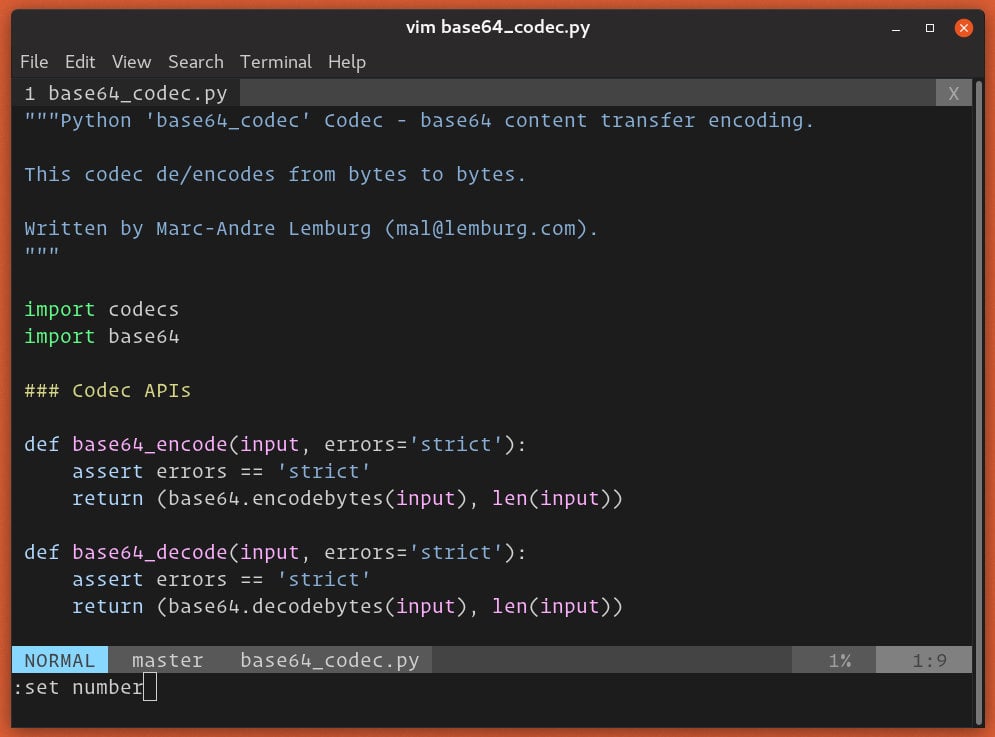
Nano shows the keyboard shortcuts at the bottom of the screen all the time. To cut the selected text, press Ctrl + K (think of it as Kutting text).Use the arrow keys to highlight the text you want to cut.Select text using the Ctrl + 6 key combination.Unfortunately, cutting text cannot be done with the use of a mouse, so let's go over the steps to follow if you want to cut text. The cut operation is very similar to the copy operation, the only difference is that the data is deleted from one location to be moved to another location. You now have the text copied to your clipboard! Cut text in Nano To copy selected text, press Alt + 6 key combination.Now, use the arrow keys (keys like Home, End, Page Up and Page Down can also be used) to select/highlight text.You will see "Mark Set" appear at the bottom of the screen as an acknowledgement.

To select text, press the Ctrl + 6 key combination.For that, you will need to use a few keyboard shortcuts.īelow are the steps to select and copy text using keyboard: Using a mouse to copy text is all good, but when you have to select text that extends the page, it gets frustrating. Using keyboard to select and copy (for pros) This is what you should do to select, copy and paste text using mouse. Then, do a right click, and select "Paste" from the context menu that popped up. Once the text is copied to clipboard, to paste text using mouse, make sure that you have moved the cursor to the location where you want to paste text. Click and drag the cursor to select text.If you want a quick and dirty selection to copy text, there is no better way than using a mouse to do it. There are two ways to copy the text in Nano: To copy a piece of text, the text needs to be selected first. There are also keyboard shortcuts for the same purpose. How about cut, copy and paste in Nano? Does it require specific keyboard shortcuts too? Why? because you still have to rely on the keyboard shortcuts to do the basic things such as save, undo, etc. That doesn't mean that it is as easy to use for beginners as a graphical text editor. This will remove joe_expenses, cath_expenses, mike_expenses, and robin_expenses, forever.GNU Nano is an editor that has a minimal learning curve and hence is widely used for beginner-level guides. Using the wildcard character: “*” rm *_expenses Like the commands above, it can also be applied to more than one file at a time. The rm command options include -i (interactive), -f(force), -v (verbose), and -r (recursive). This will delete the joe_expenses file forever (maybe Joe would like that!). rm: Deleting Filesįile deletion is done using the rm (remove) command. For example: cp joe_expenses cath expenses cashflow 3. v for verbose, shows files being copied one by one.

r for recursive, to copy all the subdirectories and files in a given directory and preserve the tree structure. ifor interactive, asks you to confirm if an existing file (perhaps a version of joe_expenses already exists in the cashflow directory) should be over written in the copying process. Options are similar to those for the mv command: In this example, we copy the joe_expenses file to the cashflow directory, which (because we haven’t specified anything else) is in our login directory. cp: Copying FilesĪ basic example of the cp command to copy files (keep the original file and make a duplicate of it) might look like: cp joe_expenses cashflow vfor verbose, to show the files being moved one by one 2. (You must be sure your instruction is exactly what you want if you decide to apply the -f option.) ffor force, overrides all interactivity and executes the mv instruction without returning any prompts. ifor interactive, asks you to confirm if an existing file should be over written. If JOE1_expenses already exists, its content will be replaced with that of joe_expenses (and joe_expenses will still disappear). In this case, if JOE1_expenses does not exist, it will be created with the exact content of joe_expenses, and joe_expenses will disappear. Let’s start with the basic format: mv joe_expenses JOE1_expenses It also lets you rename a file (there is no separate rename command). The mv command lets you move a file from one directory location to another. For instance, to instantly seek out and move all of the files above to a subdirectory called budget, your command line instruction would simply be: mv *_expenses budgetĮach of the Linux commands to move, copy, or delete files have options to make it more productive. In the case mentioned above, the Linux command line offers far greater power and efficiency than the GUI.


 0 kommentar(er)
0 kommentar(er)
